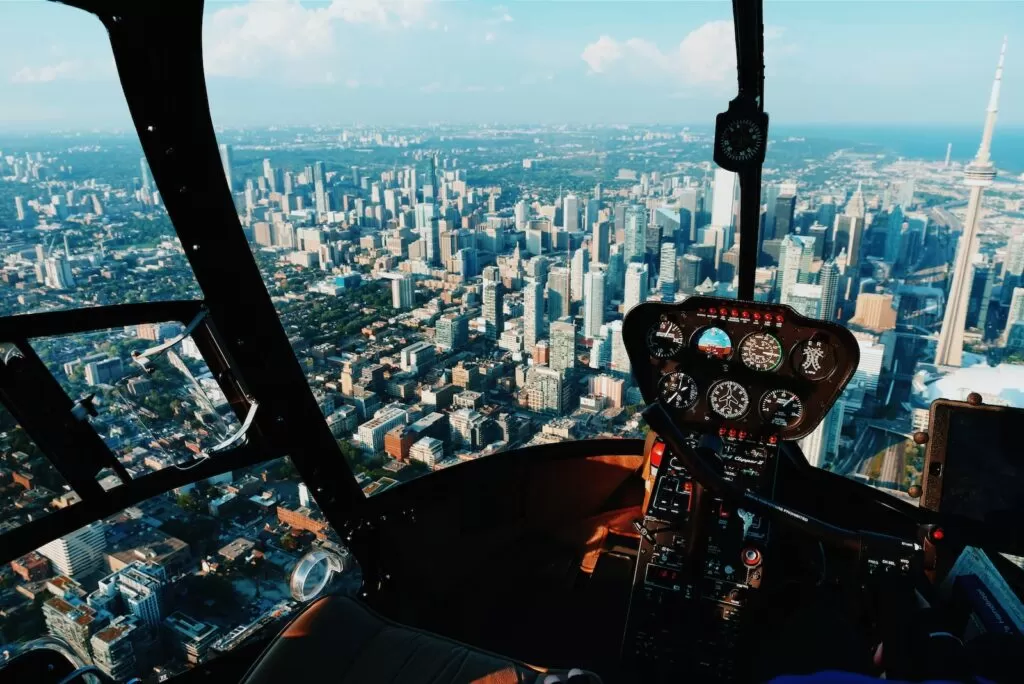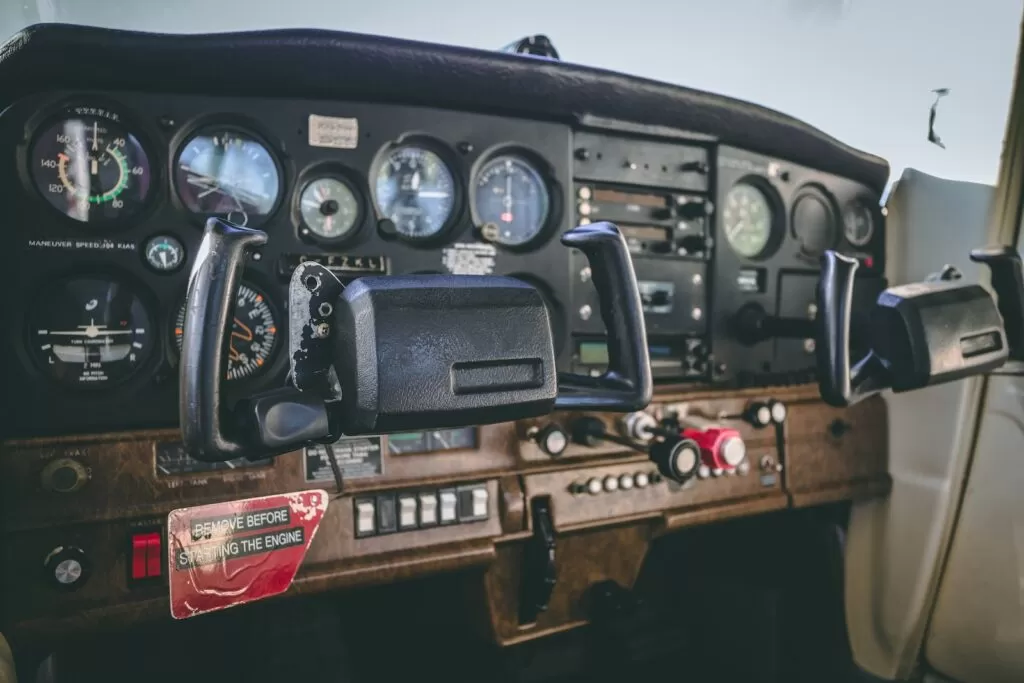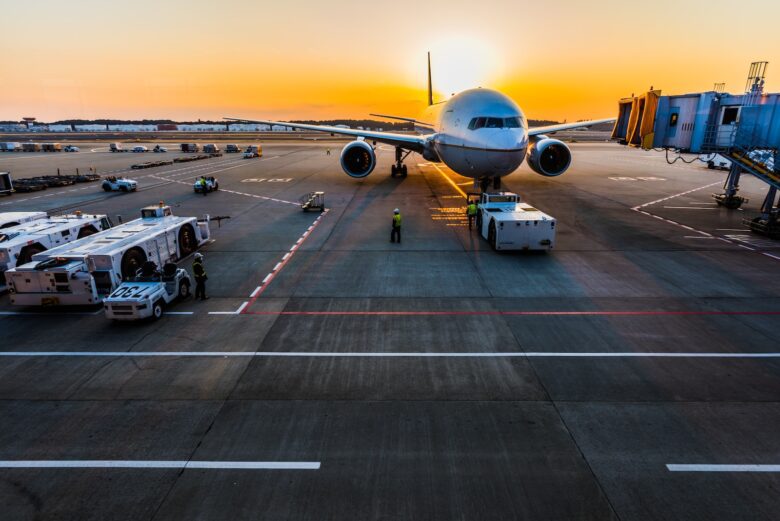The aerospace industry has always been at the forefront of technological advancements, pushing boundaries and redefining what is possible. Now, with the rapid rise of artificial intelligence (AI), this dynamic sector finds itself on the cusp of yet another revolution. AI is not only transforming how we interact with technology but also reshaping entire industries. In the aerospace sector, AI holds immense potential to enhance safety, increase efficiency, and pave the way for groundbreaking innovations that were once unimaginable. From autonomous drones to predictive maintenance systems, this article explores how artificial intelligence is making its mark in the aerospace industry and propelling it into a new era of possibilities.
The growing role of artificial intelligence in aerospace
The aerospace industry is undergoing a massive transformation with the integration of artificial intelligence (AI) technologies. In recent years, there has been a remarkable surge in the role that artificial intelligence (AI) is playing in this sector. From drones to satellites to air traffic control systems, AI is transforming every aspect of aerospace.
One area where AI is making a significant impact is in autonomous flight. With advanced algorithms and machine learning capabilities, planes can now navigate on their own with minimal human intervention. This not only improves efficiency but also enhances safety by reducing human errors. Moreover, AI enables aircraft to make real-time adjustments based on changing weather conditions or air traffic congestion, ensuring a smoother journey for passengers.
Another exciting application of AI in aerospace is predictive maintenance. Through constant analysis of data collected from sensors embedded throughout an aircraft’s various components, AI algorithms can accurately predict when and which parts are likely to fail or require maintenance. This proactive approach not only prevents costly breakdowns but also extends the lifespan of crucial equipment, ultimately leading to substantial cost savings for airlines.
The growing role of artificial intelligence in aerospace holds immense potential for future advancements and innovations within the industry. As new technologies continue to evolve and enhance our understanding of artificial intelligence’s capabilities, it becomes increasingly clear that we are witnessing just the beginning stages of its influence on aerospace operations – truly an exciting time for both engineers and enthusiasts alike.


AI in aircraft design and manufacturing
Artificial intelligence (AI) is revolutionizing the aerospace industry in many ways, particularly in aircraft design and manufacturing. With the use of AI algorithms, engineers are finding innovative solutions to challenges that were previously time-consuming and resource-intensive. For instance, AI can analyze vast amounts of data collected from previous aircraft designs and simulations to identify patterns and optimize future designs for improved performance and efficiency.
Moreover, AI is also playing a crucial role in streamlining the manufacturing processes of aircraft. By utilizing robotics equipped with machine learning capabilities, manufacturers can automate various aspects of production such as assembly, inspection, and quality control. This not only speeds up the manufacturing process but also ensures greater precision and accuracy in each step.
The integration of AI into aircraft design and manufacturing holds immense potential for the future. It has enabled engineers to push boundaries further by developing unconventional aircraft designs that were previously deemed unfeasible or too complex to execute. Additionally, through predictive maintenance powered by AI technologies like sensors and real-time data analysis, airlines can proactively identify maintenance needs before they turn into costly issues. Ultimately, with continued advancements in AI technology, we may witness a new era where faster and more efficient flying machines take flight while optimizing safety standards at every level imaginable.
Enhancing air traffic management with AI
This industry is constantly striving for innovation and efficiency, and one area that has seen significant advancements in recent years is air traffic management. With the increasing volume of air traffic worldwide, there is a growing need to enhance airspace operations to ensure safety and minimize delays.
One key application of AI in air traffic management is the use of predictive analytics to optimize flight routes. By analyzing historical data such as weather patterns, aircraft performance, and passenger demand, AI algorithms can accurately predict potential disruptions or congestions in advance. This allows for proactive decision-making on rerouting flights or adjusting schedules to avoid unnecessary delays. The result? A more efficient utilization of airspace resources while ensuring smooth operations for airlines and passengers alike.
Another exciting development in AI-powered air traffic management is the use of machine learning algorithms for collision avoidance systems. Traditionally, pilots heavily rely on radar systems and visual cues from their surroundings to maintain safe distances between aircraft. However, these methods have limitations and can be prone to human errors or misjudgments. With AI-enabled collision avoidance systems, aircraft can detect potential threats much earlier by utilizing advanced sensors coupled with real-time data analysis capabilities. This not only reduces the risk of accidents but also contributes towards a safer aviation ecosystem overall.
The impact of AI on pilot training


The industry is no stranger to embracing cutting-edge technology, and the impact of artificial intelligence (AI) on pilot training is no exception. Gone are the days of traditional flight simulators; AI-powered training programs are revolutionizing how pilots learn and hone their skills. These advanced systems incorporate machine learning algorithms that can identify patterns, predict outcomes, and adapt to individual student needs.
One major advantage of AI in pilot training is its ability to provide personalized instruction. Each pilot has unique strengths and weaknesses, and now AI can analyze data from multiple sources like flight simulations, real-time performance metrics, and even biometric feedback to tailor a customized training program. This not only enhances efficiency by focusing on specific areas for improvement but also allows pilots to reach their full potential faster.
Additionally, AI-powered training programs enable pilots to experience a wider range of scenarios in a safe and controlled environment. These systems can simulate various weather conditions, mechanical failures, or emergency situations that would be too dangerous or costly to replicate in an actual aircraft. What’s more intriguing is that these simulations continuously evolve as the AI system learns from previous encounters.
As we move forward into this era of technological advancements in aviation, it becomes increasingly evident that harnessing the power of AI will significantly enhance pilot training capabilities. By embracing these innovations within the aerospace industry, we can expect safer skies with highly skilled aviators who have been trained using state-of-the-art technologies designed specifically for their needs.
Future possibilities and challenges for AI in aerospace
Artificial Intelligence (AI) has been transforming various industries, and the aerospace industry is no exception. In fact, AI is poised to revolutionize the way we design, engineer, and operate aircraft in the future. One of the most promising applications of AI in this sector is autonomous flight systems. With advanced machine learning algorithms and real-time data analysis capabilities, AI can enable more efficient flight routes, optimal fuel consumption, and safer operations.
Moreover, AI can play a crucial role in aircraft maintenance by predicting failures before they occur. By analyzing massive amounts of historical data and monitoring various parameters in real-time, AI algorithms can effectively identify potential issues with the aircraft’s components. This proactive approach not only minimizes downtime but also improves passenger safety by eliminating risks associated with unexpected failures while airborne.
The integration of AI into aerospace manufacturing processes is another area that holds great promise for the future. By implementing intelligent systems with computer vision capabilities on assembly lines, manufacturers can ensure faster production rates with higher accuracy and quality control standards. This technology could help reduce costs while enhancing overall productivity to keep pace with growing demand.
Conclusion
In conclusion, the future of Artificial Intelligence in the aerospace industry appears bright and promising. From autonomous flight systems to predictive maintenance and advanced manufacturing processes, these innovative applications have the potential to revolutionize not only how we travel but also how aircraft are engineered and operated. As technology continues to advance at an unprecedented pace, it will be fascinating to witness how AI shapes our skies in years to come.



























